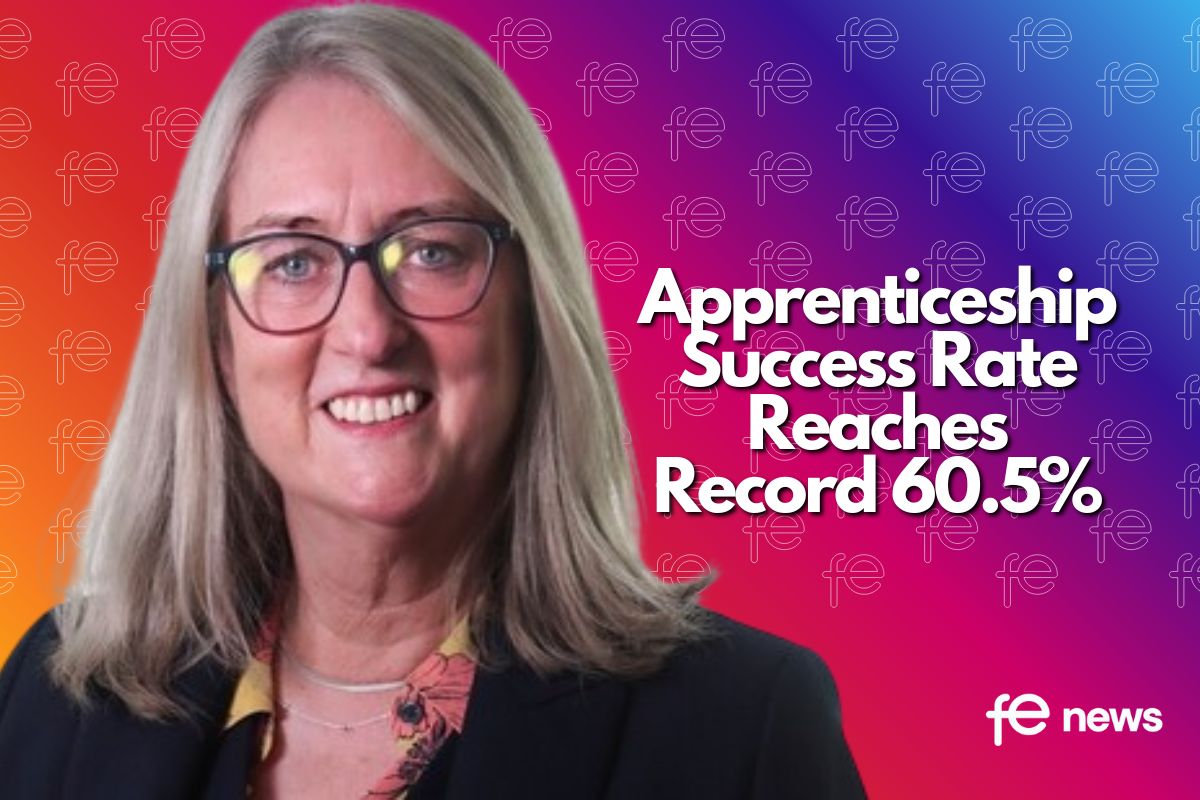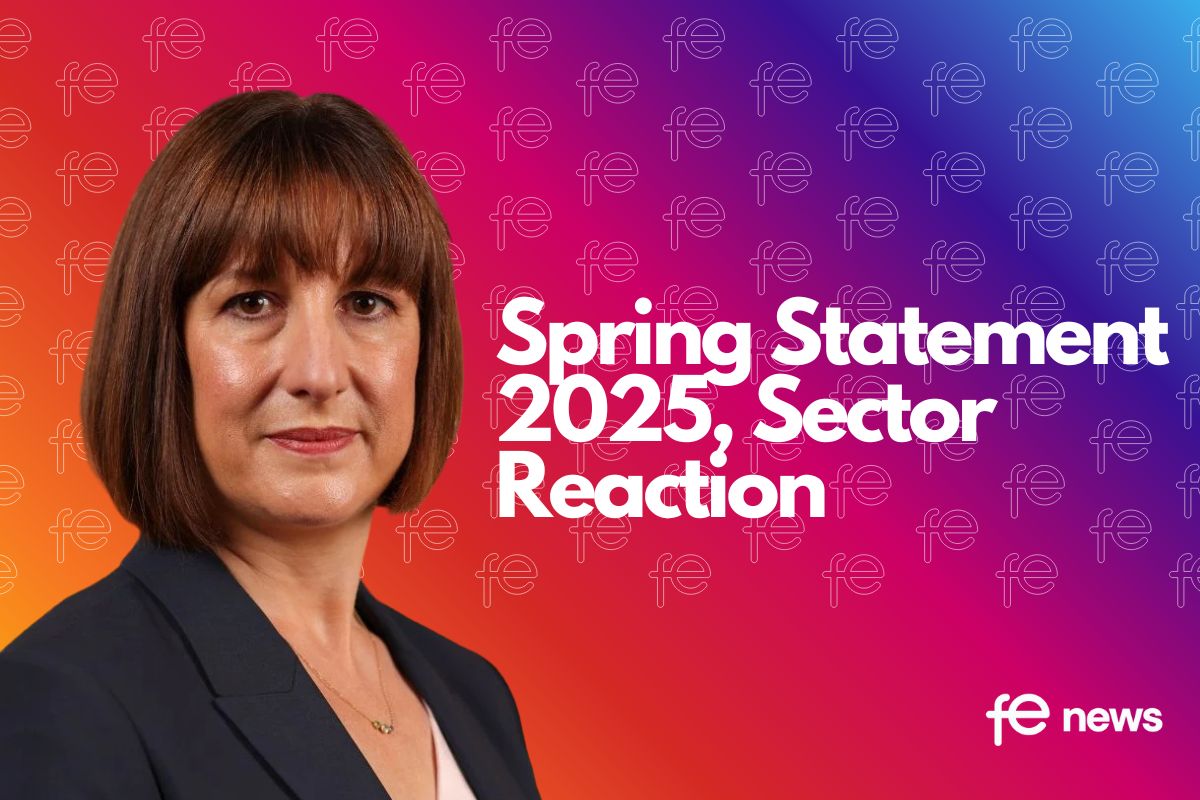A more strategic approach to data is key to #FE success

From government spending cuts to sparse resources, colleges across the country are facing numerous funding challenges.
As a result, many are deciding to merge, presenting the need for a change in strategy.
Andrew Frazer, Glantus COO, outlines why adopting a strategic approach to gathering, analysing and reporting data is the key to success:
How FE colleges can use data to retain funding and student engagement
The 2018/19 academic year has seen Further Education (FE) colleges provide high-quality technical and professional education and training for 2.2 million young people and adults in the UK. As of February this year, there were 257 colleges in England, with 79% of these judged Good or Outstanding for overall effectiveness at their most recent inspection.
These numbers might seem impressive, but in fact, colleges are currently facing numerous challenges – through no fault of their own. Government spending cuts and sparse resources have led to many colleges across the country deciding to merge, presenting the need for a change in approach in order for these colleges, and those that have decided to continue on their own, to stay competitive.
Funding is critical to the success of any college, but how can a strategic approach to gathering, analysing and reporting data enable them to get back on the path to success?
Insight from the very beginning
Colleges are up against a deadline as soon as the first term begins. To retain the required funding, students need to complete a qualifying period, which for a full-time student is six weeks (42 days). If a student doesn’t complete the first 42 days of study, the college will lose its funding for that student, which means it then needs to find a student to fill the gap, and fast.
This isn’t an ideal situation for any college. To reduce the number of student dropouts in the crucial six-week period, colleges need to understand how engaged their students really are to predict the odds of them continuing with their course. This understanding can come from data: a dashboard that analyses student attendance rates can quickly identify any anomalies of students which might not be starting on the right track. Having this insight from the very beginning can put a college in a favourable position, as not only can they start to spot patterns, but they can put measures in place before the situation becomes irreversible.
Additionally, other factors might come into play. For example, is the data showing poor student attendance or engagement rates in one particular subject area, or with a certain tutor? When compared to historical data, can patterns be established to see if this has happened before? Or, if it’s a new tutor for the academic year, could guidance be given to ensure the tutor is performing in line with the college’s expectations?
Data as a priority
How many colleges actually access and analyse the data they hold? Of those that do, how many colleges treat data as a high priority on their to-do lists? Looking at data patterns or analysis once per term and presenting the data in a single report isn’t enough; a change in mindset is needed within colleges to make data a day-to-day priority. A quick, regular glance at a data dashboard on finance, student retention, engagement or exam results is all it takes for a member of staff to get a snapshot of what is going well or what needs to be improved, especially in the critical first six weeks. Quite simply, lecturers and tutors need to have access to the right information, at the right time.
The value that can be gained from this approach can’t be underestimated. Having data analytics embedded in daily processes means that colleges should never have to uncover hidden surprises; there should be no unexpected student dropouts (and therefore no unexpected lost funding), no shocks when it comes to revealing student exam results at the end of the academic year and no surprises from student or staff end of year surveys.
Using data efficiently and effectively buys time for a college – something which is usually fairly hard to find. Colleges can’t (quite literally) afford to have a data blind spot: they need to know what is happening across all areas and then put plans in place to remediate any negative situations, quickly turning them into positives. Learnings from data can be applied year on year to enable approaches to be refined and new tactics to be tried; if one approach to student engagement didn’t bring any positive results, the college should know not to repeat it again.
With a strategic approach to data, adopted not just by one person, but by the entire college, there is no reason for funding, or students, to be lost in the first 42 days of the academic year. It’s time for colleges to adopt the data mindset and get back in the numbers game.
Andrew Frazer, COO, Glantus











Responses